Home to some of the finest private reserves in Africa
May to July & September to November
July (Dry season & also Okavango is fully flooded)
Okavango Delta, Moremi Game Reserve, The Linyati and Chobe National Park
Botswana stands as a premier destination for travelers seeking unparalleled wildlife encounters and breathtaking natural landscapes. The Okavango Delta, a UNESCO World Heritage Site, transforms the arid Kalahari Desert into a lush oasis, offering unique safari experiences where visitors can explore winding waterways teeming with diverse flora and fauna. In Chobe National Park, renowned for its substantial elephant populations, guests can embark on river cruises and game drives to observe these majestic creatures in their natural habitat. The vast Makgadikgadi Salt Pans provide a stark yet mesmerizing contrast, where quad biking adventures and interactions with habituated meerkats await. For those interested in cultural immersion, engaging with the San people offers profound insights into one of the world’s oldest cultures. With its commitment to sustainable tourism and conservation, Botswana ensures that visitors enjoy authentic and responsible travel experiences amidst some of Africa’s most pristine wilderness areas.
Botswana through the lens
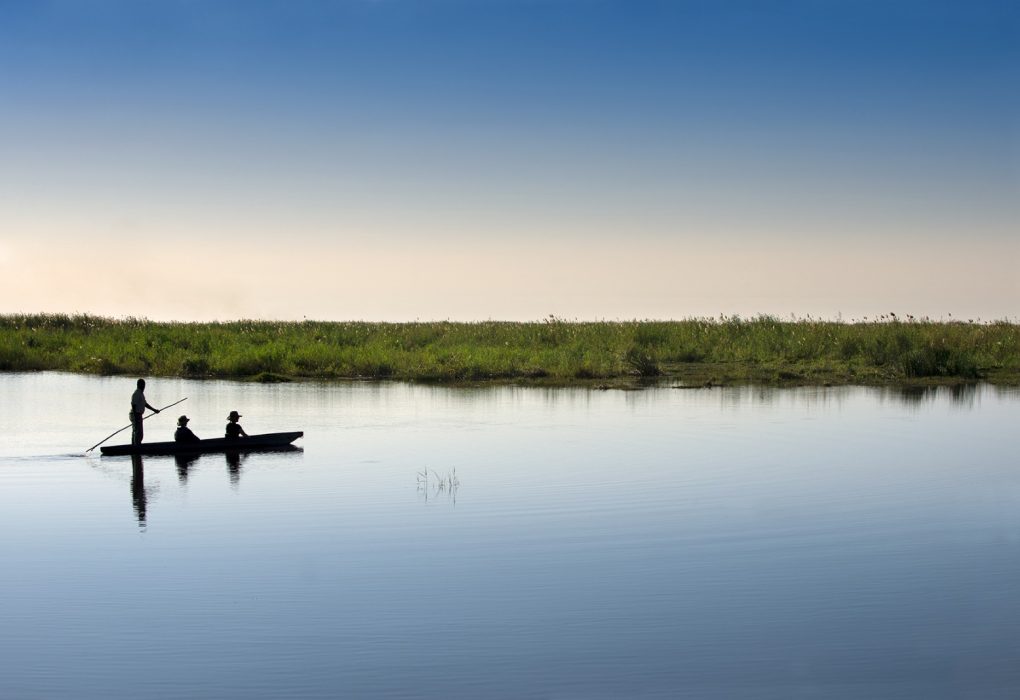
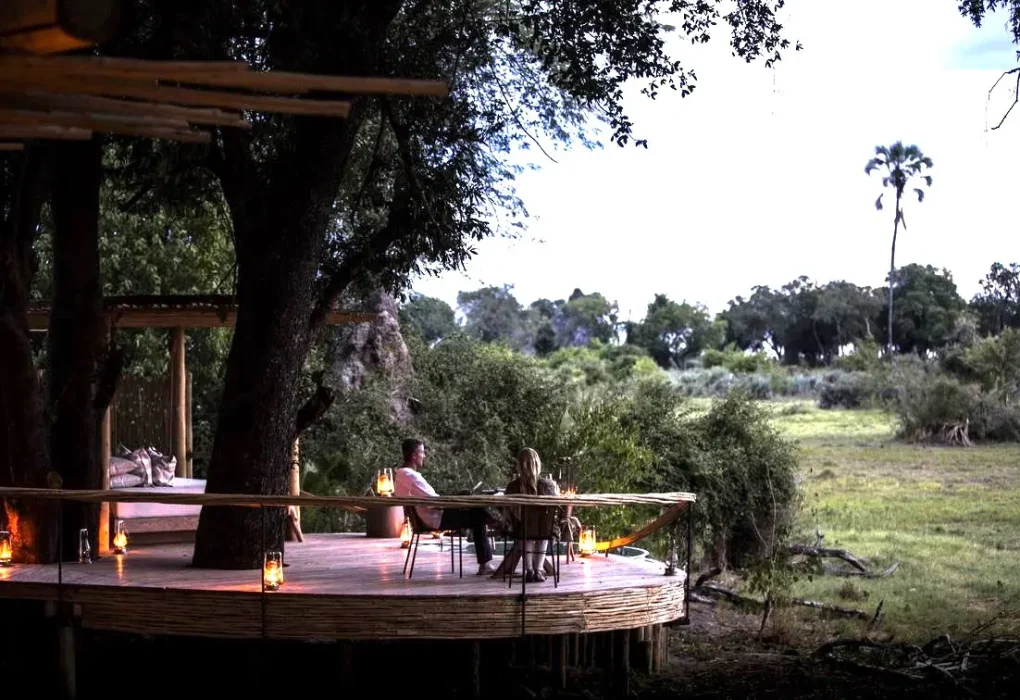
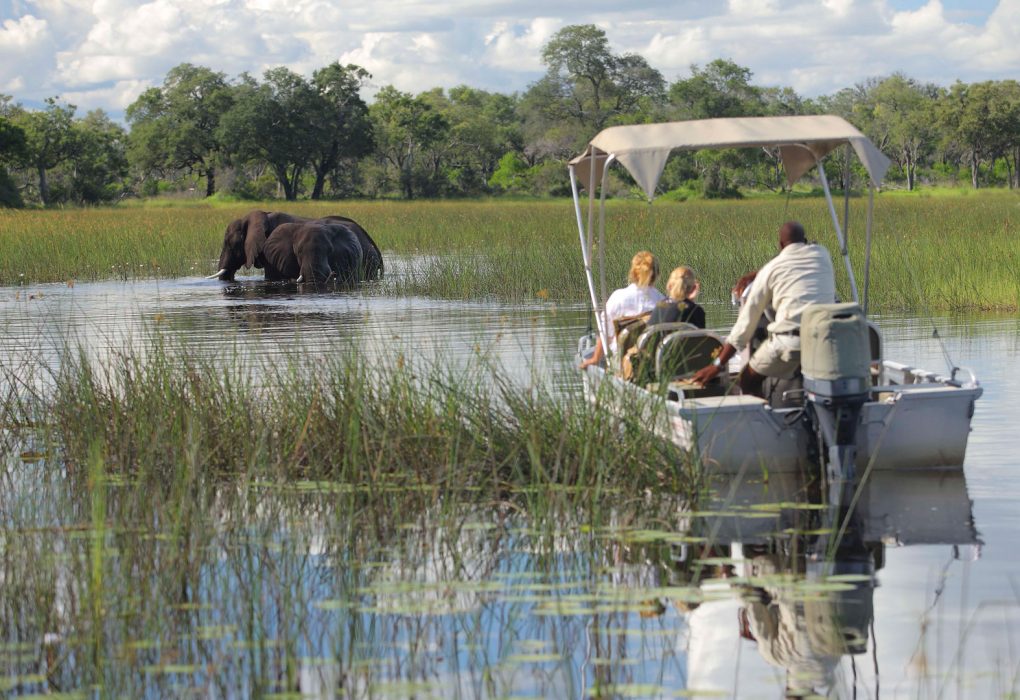
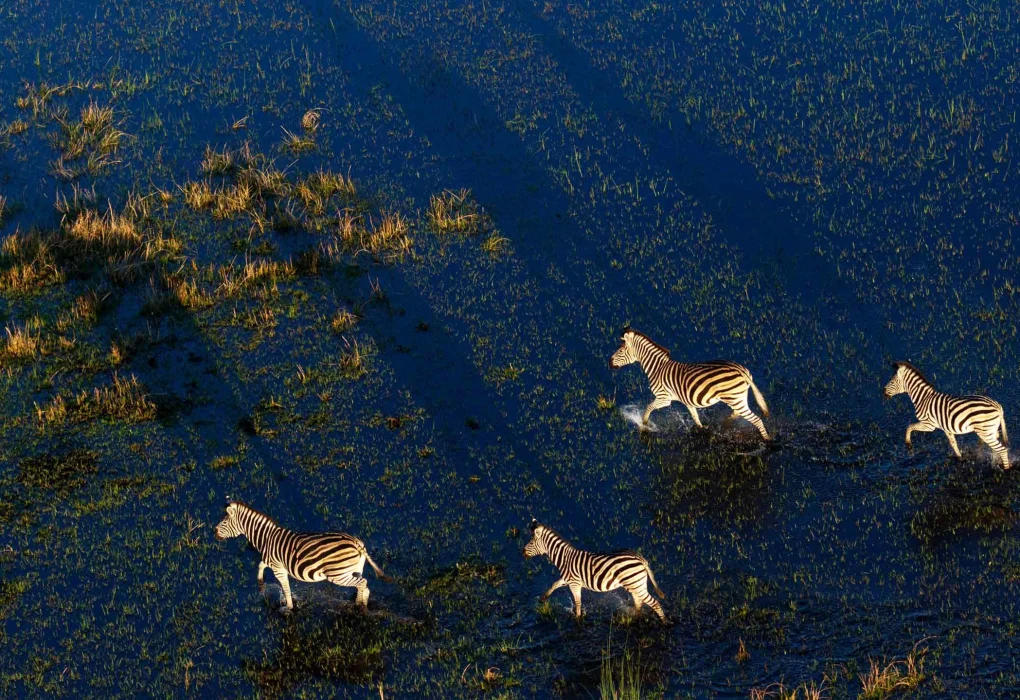

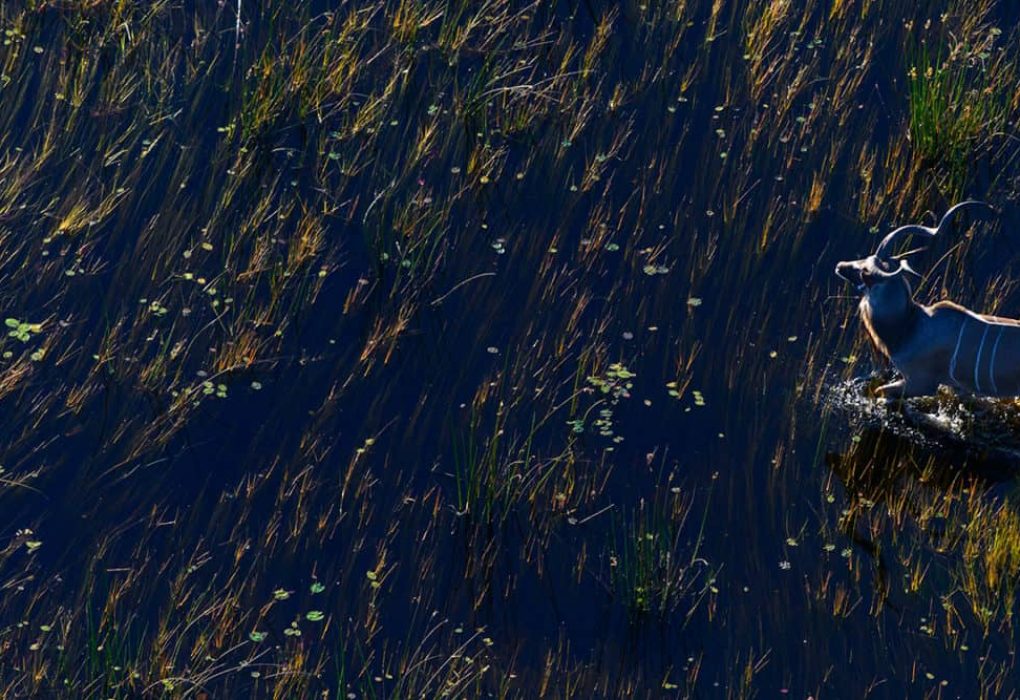
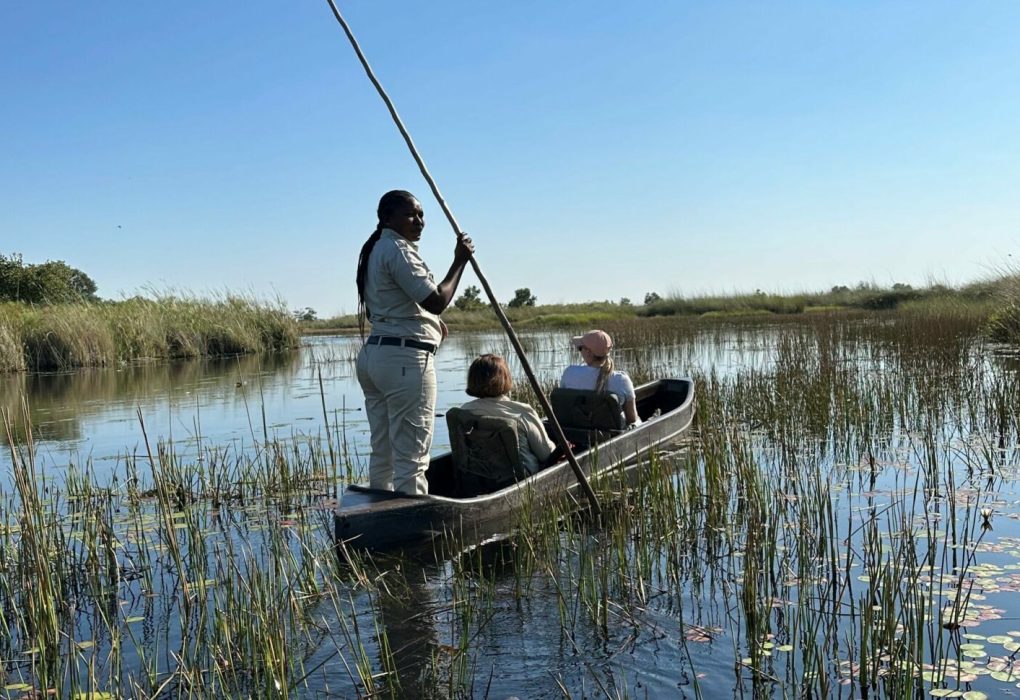

Botswana is a spectacular year-round destination, but the best time to visit depends on what you want to experience. The dry season from May to October is ideal for wildlife safaris, with clear skies, cool nights, and animals gathering around shrinking water sources especially in the Okavango Delta, Chobe, and Moremi. The green season from November to April transforms the landscape into a lush paradise filled with newborn animals and migratory birds. While rains can make some areas harder to reach, it’s quieter, more affordable, and strikingly beautiful. Whether you want the drama of the Delta floods or the vibrant renewal of the rainy season, Botswana delivers a unique spectacle in every month.
January is part of Botswana’s green season, bringing warm temperatures, dramatic skies, and scattered afternoon showers. The rains turn the landscape emerald green, attracting herds of antelope and flocks of migratory birds. It’s calving season in the Makgadikgadi and Nxai Pan, where zebra and wildebeest fill the plains in great numbers. Though some remote areas can be muddy, this month is excellent for photography and offers a quieter safari experience.
Our View
Weather in January
February continues the green season, with lush scenery and plenty of wildlife action. The zebra migration remains in full swing across the Makgadikgadi and Nxai Pans, while the Okavango Delta begins to fill from local rains. Birdlife is extraordinary, and predators follow the newborns, making for thrilling sightings. Despite occasional heavy rains, travel remains manageable in most areas, and the mix of storms and sunlight creates stunning photo moments.
Our View
Weather in February
March is the tail end of the rainy season. The rains start to ease, leaving behind glistening pans and flourishing grasslands. Wildlife viewing improves as herds begin moving toward permanent water sources. The zebra migration continues, while birdwatching remains outstanding. The countryside is beautifully green, and the air feels fresh and alive. It’s a great time for travelers who prefer solitude and scenery over crowds.
Our View
Weather in March
April brings a transition from wet to dry season, offering one of Botswana’s most visually striking months. The rains fade, the air clears, and the land glows with fresh greenery. Wildlife begins concentrating again, especially near waterholes and riverbanks. Roads become easier to navigate, and the Okavango Delta starts to fill from the Angolan highlands. Temperatures are pleasant, making April a lovely time for both game drives and scenic flights.
Our View
Weather in April
May marks the true beginning of the dry season and is one of Botswana’s best-kept secrets. The weather is crisp and sunny, and the floodwaters reach the Okavango Delta, transforming it into a shimmering oasis. Wildlife viewing becomes excellent, with animals gathering along the newly formed channels and lagoons. The grasses are shorter, making game drives easier, and there are still relatively few tourists.
Our View
Weather in May
June is one of Botswana’s prime safari months. The Okavango Delta is at its most beautiful, filled with clear floodwaters and reflections of acacia trees. Wildlife is abundant and easy to spot, especially in Chobe, Moremi, and the Delta islands. Days are warm, nights are cool, and the atmosphere is dry and crisp. This is also the start of the high season, so booking ahead is essential.
Our View
Weather in June
July offers flawless safari conditions across Botswana. The air is clear, the weather mild, and wildlife sightings exceptional. Elephants crowd the Chobe River, lions hunt on the open plains, and the Okavango Delta glows under the soft winter sun. With no rain and cool nights, it’s perfect for walking safaris and campfires. Though it’s peak season, the experience feels wild and pure, showcasing Botswana at its best.
Our View
Weather in July
August continues Botswana’s dry and dazzling season. The vegetation is sparse, and animals gather in large numbers near rivers and waterholes, creating thrilling game drives. The Okavango Delta remains flooded and alive with activity. Temperatures rise slightly but stay comfortable. It’s one of the best times for adventure—game drives, mokoro rides, and sunset cruises all deliver unforgettable experiences.
Our View
Weather in August
September is hot, dry, and brilliant for wildlife. Water sources shrink, bringing animals into tight clusters and making sightings almost guaranteed. The Okavango Delta starts to recede, but its channels remain active. Predators are very visible, and the golden landscapes create perfect photography light. It’s an exciting month with intense game activity and dramatic scenes at every turn.
Our View
Weather in September
October is the hottest month in Botswana, but it’s also one of the most rewarding for serious wildlife lovers. The heat draws animals to the last remaining waterholes, making for thrilling sightings and dramatic predator action. The Okavango Delta begins to dry, but wildlife remains abundant. While midday can be sweltering, mornings and evenings are ideal for safaris. It’s a month of intensity and raw beauty before the rains return.
Our View
Weather in October
November marks the arrival of the first rains, signaling the start of the green season. The parched earth comes alive with color, and newborn animals begin appearing across the plains. It’s a transitional month—wildlife is still great, and prices drop as the crowds thin out. Birdlife explodes with activity, and the atmosphere feels renewed. Short afternoon storms bring dramatic skies and fresh scents of rain.
Our View
Weather in November
December is a vibrant, colorful month as Botswana settles fully into the green season. The landscapes are lush, the air fresh, and the wildlife scenes full of young animals. Birdwatching is phenomenal, and the game remains easy to find in most parks. Afternoon showers cool the air and bring dramatic sunsets. Although some remote tracks can be muddy, the experience feels alive and rejuvenated—a wonderful time for travelers who enjoy nature at its most vivid.
Our View
Weather in December
Get inspired by our curated itineraries, designed to take you on an unforgettable journey through Southern Africa’s most iconic destinations.
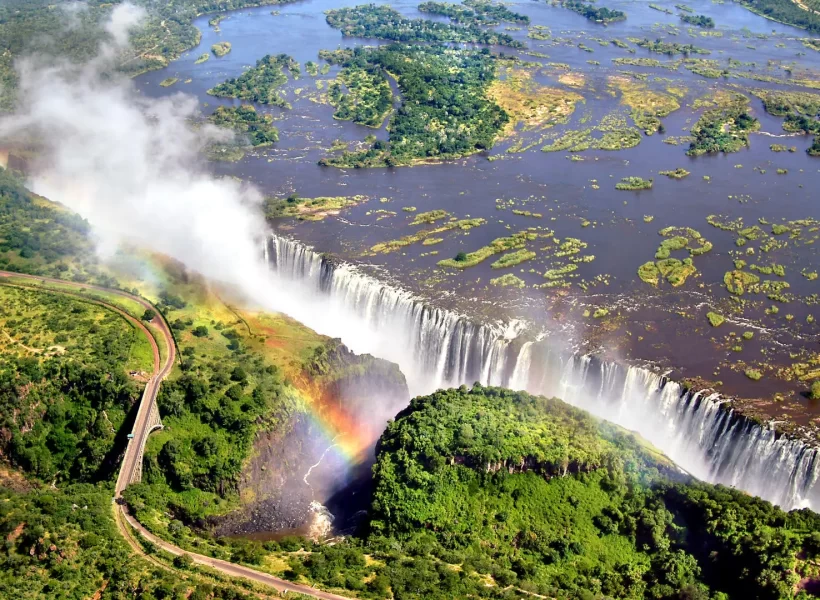
Linyanti Concession (Botswana), Victoria Falls (Zambia) & Mana Pools National Park (Zimbabwe)
Exploring Botswana’s must-visit destinations






